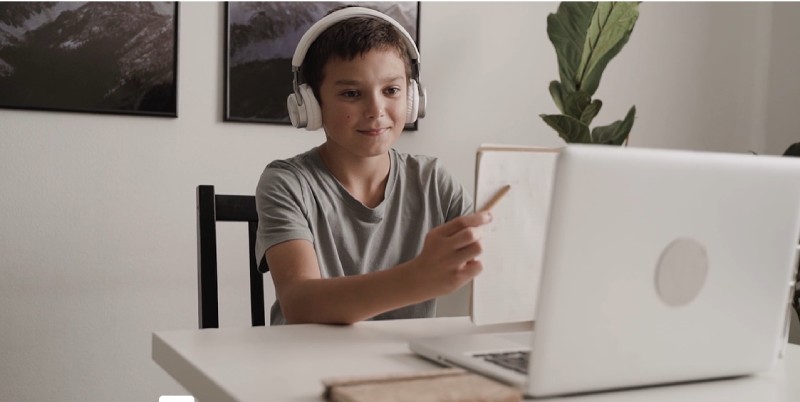Children easily understand anything taught via videos. But, you should what happens behind the scenes. Here is how educational childrens videos are made.
Educational childrens videos these days help with early knowledge development in kids. These videos are made with catchy tunes and captivating animations. However, behind these works a creative process is involved. This process brings together entertainment and education in the best possible ways. Do you know how are educational videos for kids made? Here is what happens behind the screens:
1. Concept Creation
The process of educational video creation begins with concept creation. In this process, video creators work with child development experts and educators. Some of them even work with curriculum experts for crafting content. When creating videos, they ensure that the video content stays as per the educational standards.
Here, video content creators wish to achieve a balance between age-appropriate content and storytelling. The content for kids’ videos can be anything like teaching alphabets or social skills. Irrespective of the nature of video, it should be created with the right planning. When they do this, video creators can make cognitive development possible in kids.
2. Script Writing
Once the concept is decided, video creators should write suitable script. Thankfully, they can get help form professional script writers. It would good to choose script writers specialised in child development. When writing scripts, they should make sure that the script is both educative and entertaining for children.
Once the script is ready, the team engages in creation of storyboard. This is done by them to visualize how the narrative unfolds visually. Every scene in the video should stay in line with the learning goals.
3. Animation
When creating educational childrens videos, animation should be in the heart. With knowledgeable animators, video creators can bring characters to life. The role played by animators here is to:
- Work to capture the attention of kids
- Use of movements, shapes and colours strategically
- Enhancing the educational content
In this process, animators should also work with educational consultants. They do this ensuring that the visual components of the video correctly convey the intended message.
4. Voice Casting
The next step in this process is to cast voice. The success of an educational video greatly relies on the voice used. Thankfully, voice artists with a knack of engaging kids can be used by video creators for this step. Then, sound effects and background music should be added to give immersive experience to kids.
5. Educational Testing
Once the video is ready, it should be tested rigorously. Video creators will have to do this before they post their videos on any educational portal. Before posting the content, it is better to get it reviewed from experts in the field of child education. This move will help ensure that the video meets pedagogical standards. Based on the feedback, they can make appropriate changes to the final output. As a result, the end products will be both educational and enjoyable for kids.
Video creation for kids needs a multi-dimensional approach. Every dimension should be approached with the utmost care. The final output should reach young minds.


